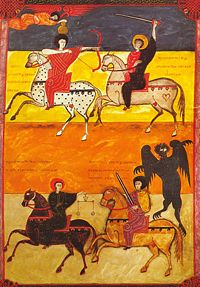A very wise person once said "Be who you want to be". In life, people search to find that one job or aspect of their life that defines them and make them happy in life. Some are lucky and find it early in life while others take years to sift through their minds, trying to figure out who they are and what makes them happy. David Carson is one of those people. David Carson is one of the most renown graphic designer/typographers in the world. Yet, he did not start out that way. If one graduated college with a degree in sociology, one would expect to work in said field. But not Carson. He always had a passion for the arts, graphic design, and typography. From there, he went on to create some of the most interesting and respected pieces of work. His work with RayGun Magazine, his collaboration with Lewis Blackwell to create The End Of Print, and his uneducated style of typography, has helped reinforce David Carson's title of "Art Director of the Era", by London based Creative Review
making an impression and making it my own





